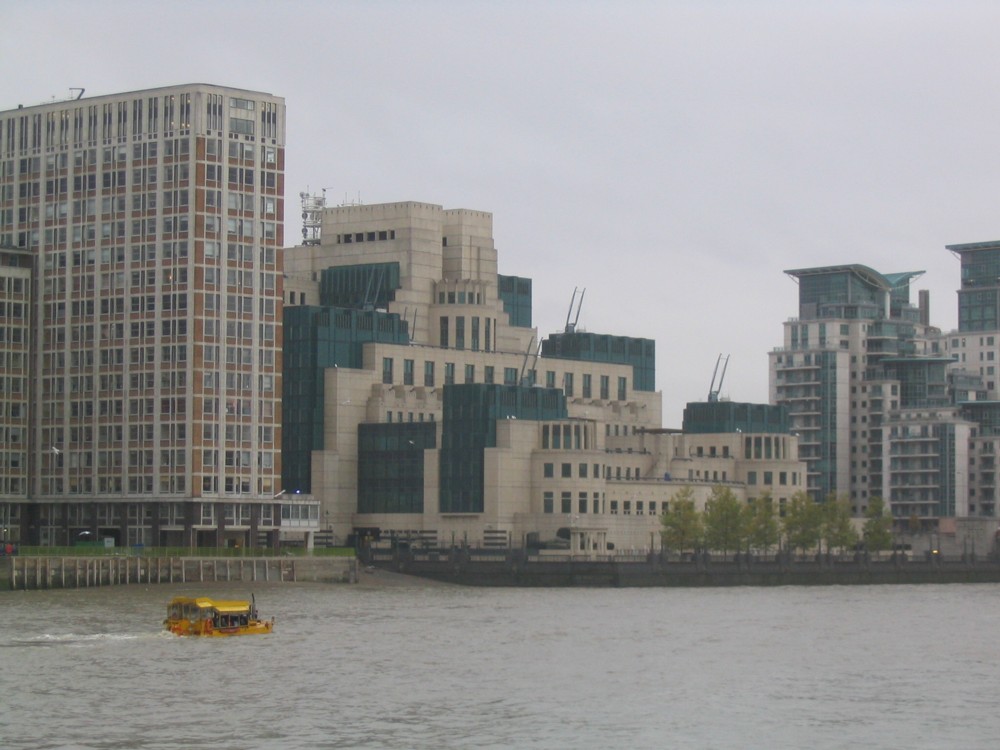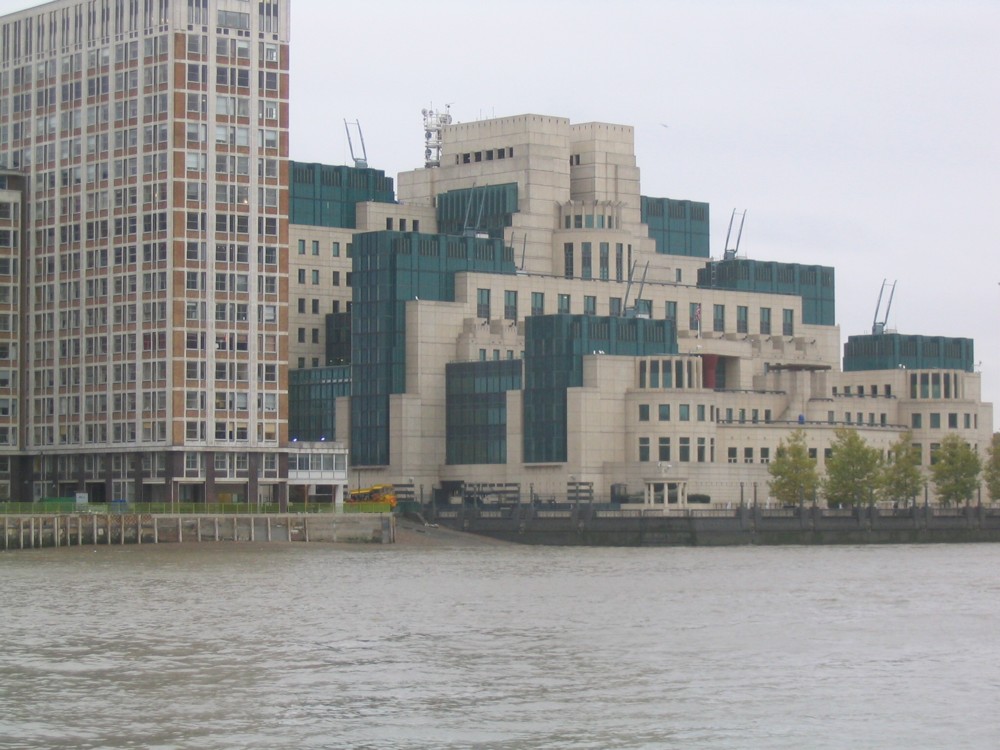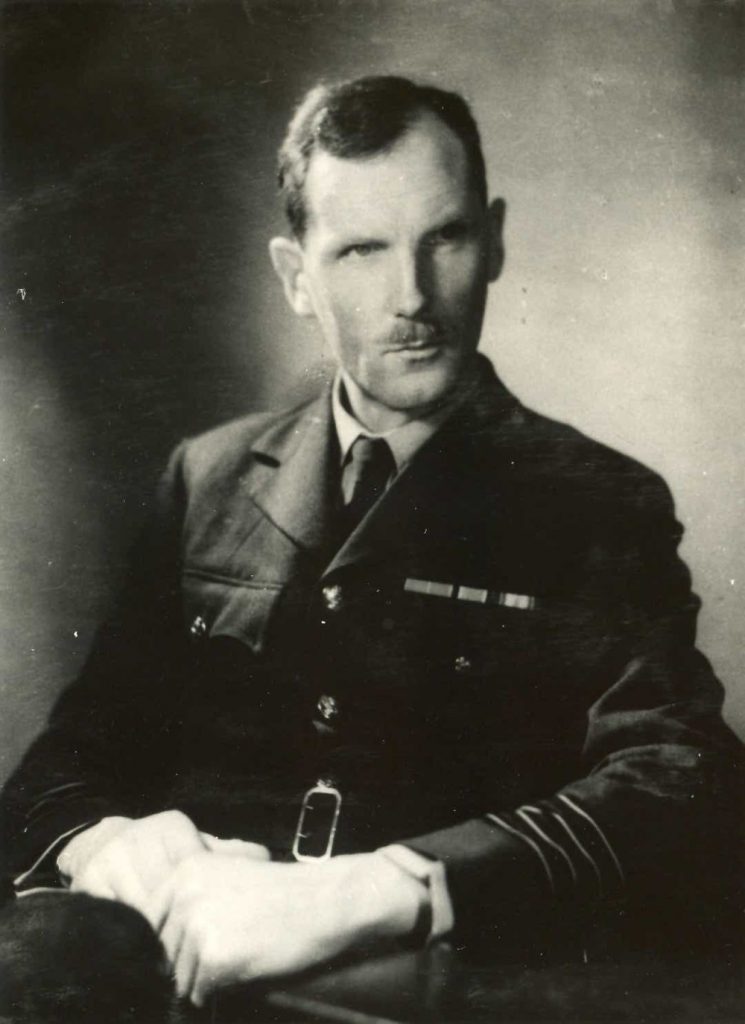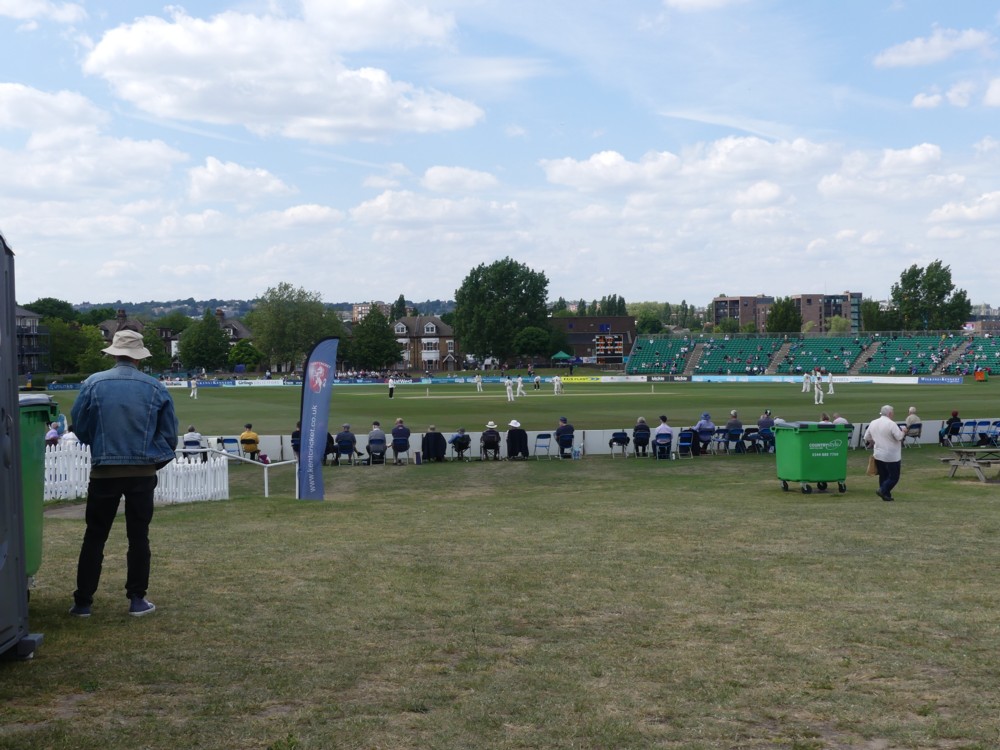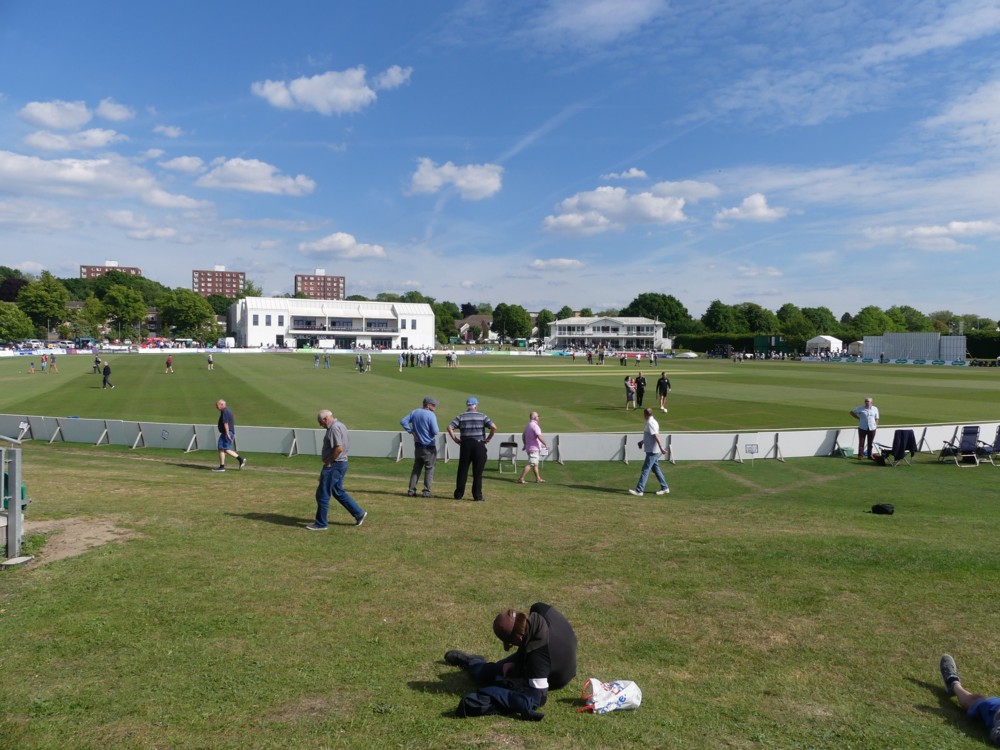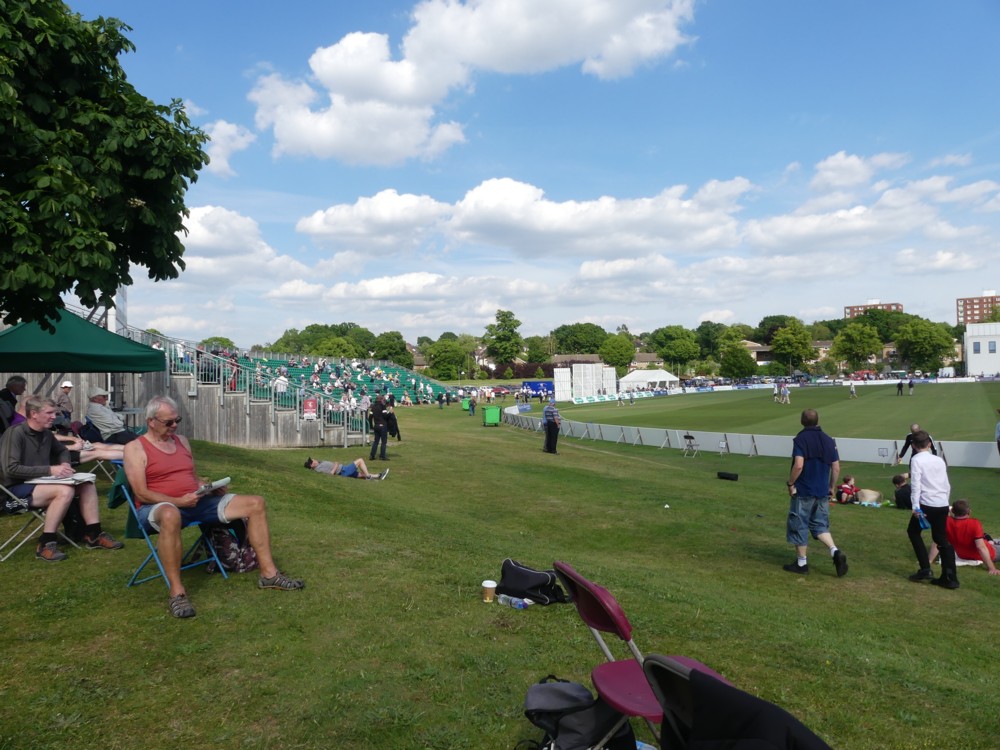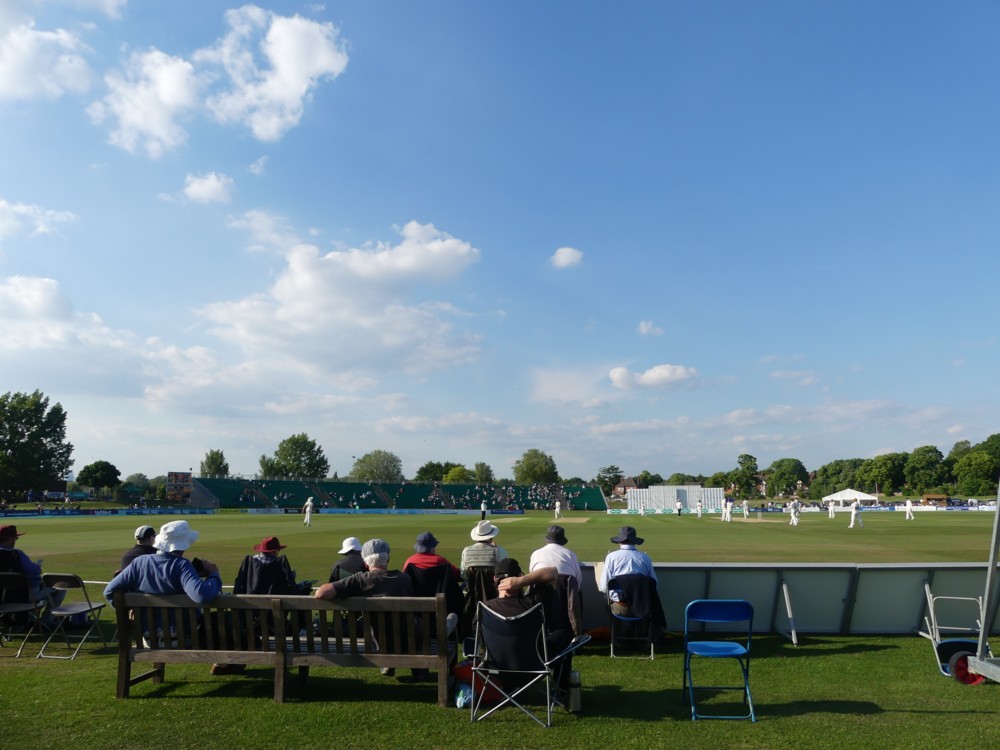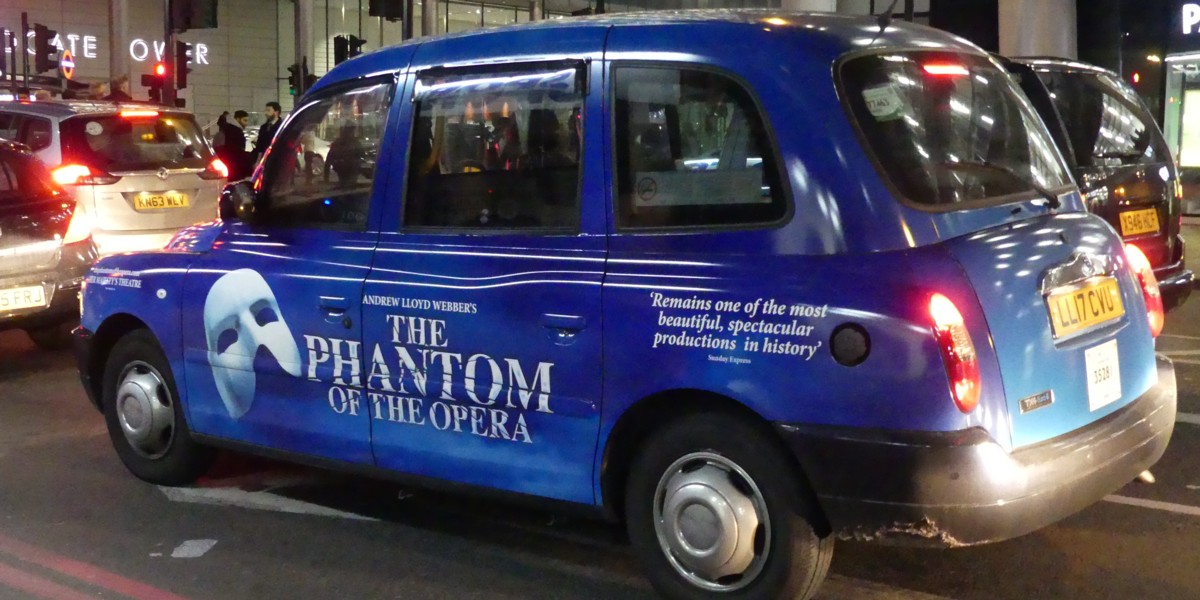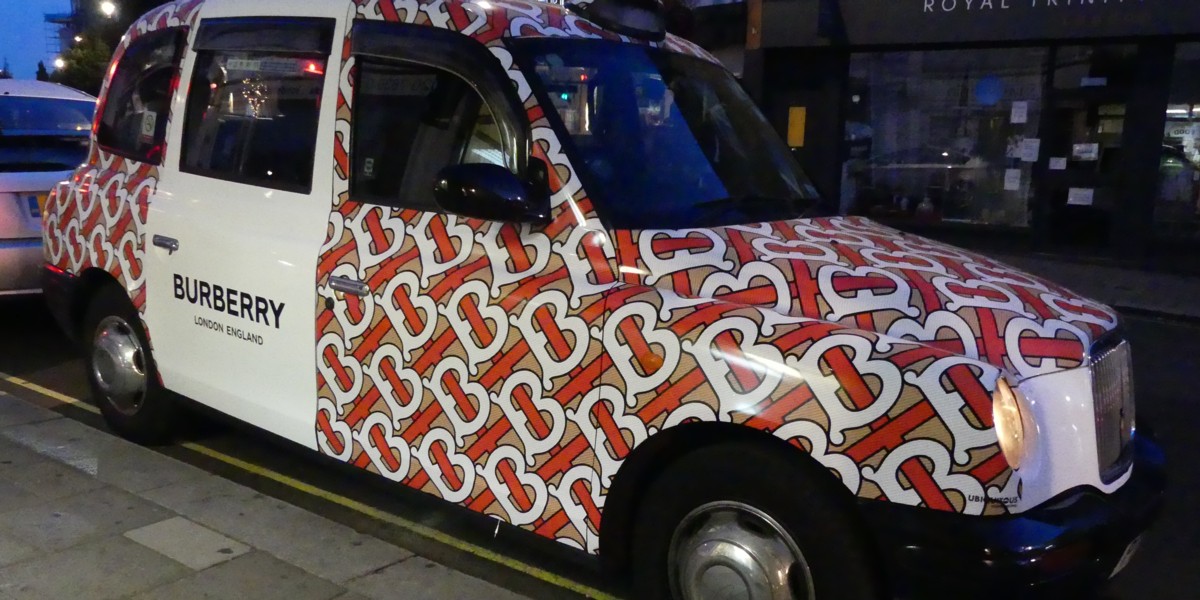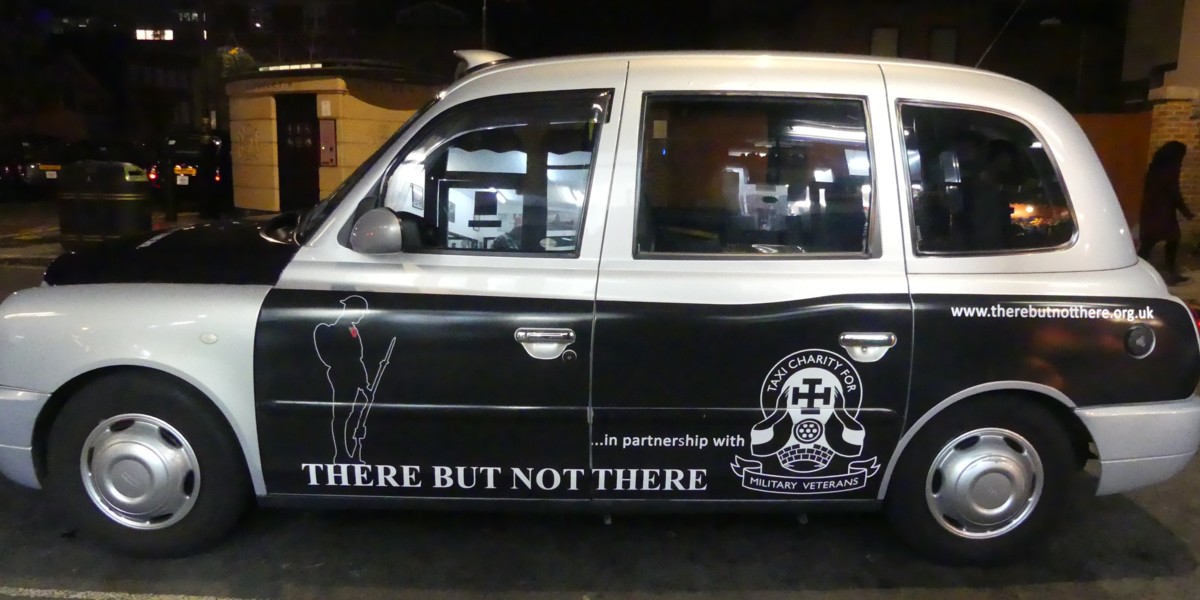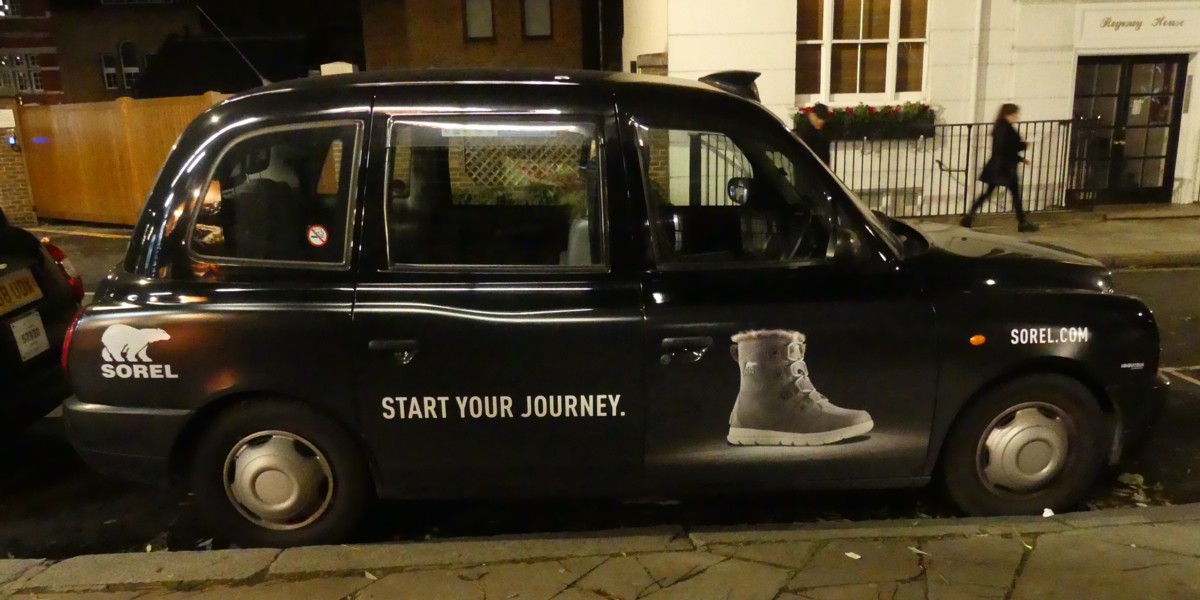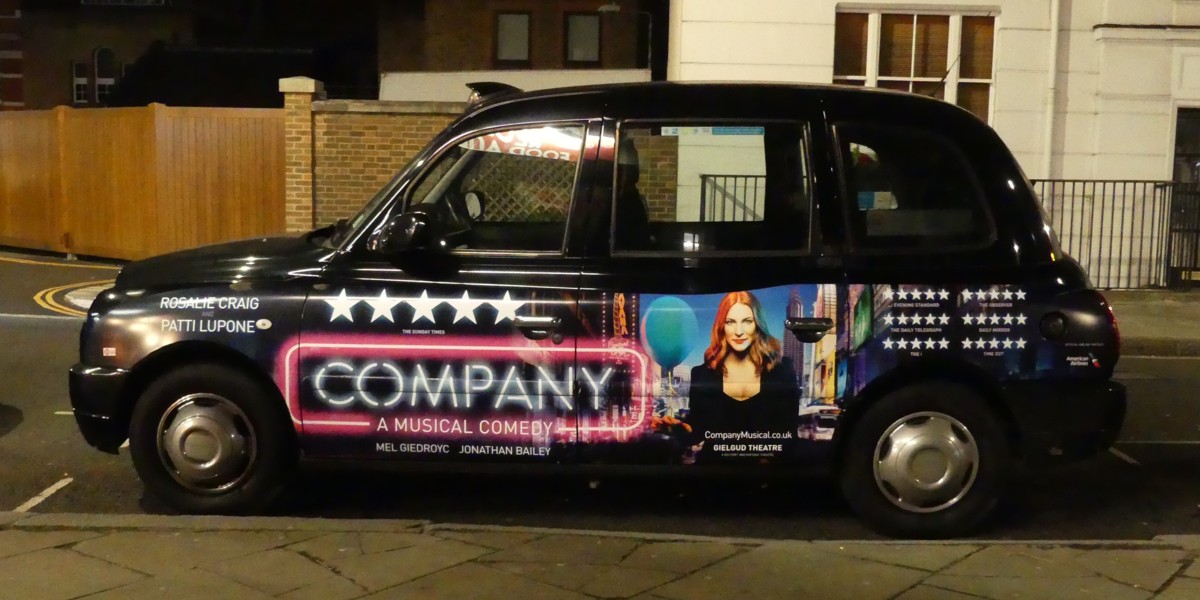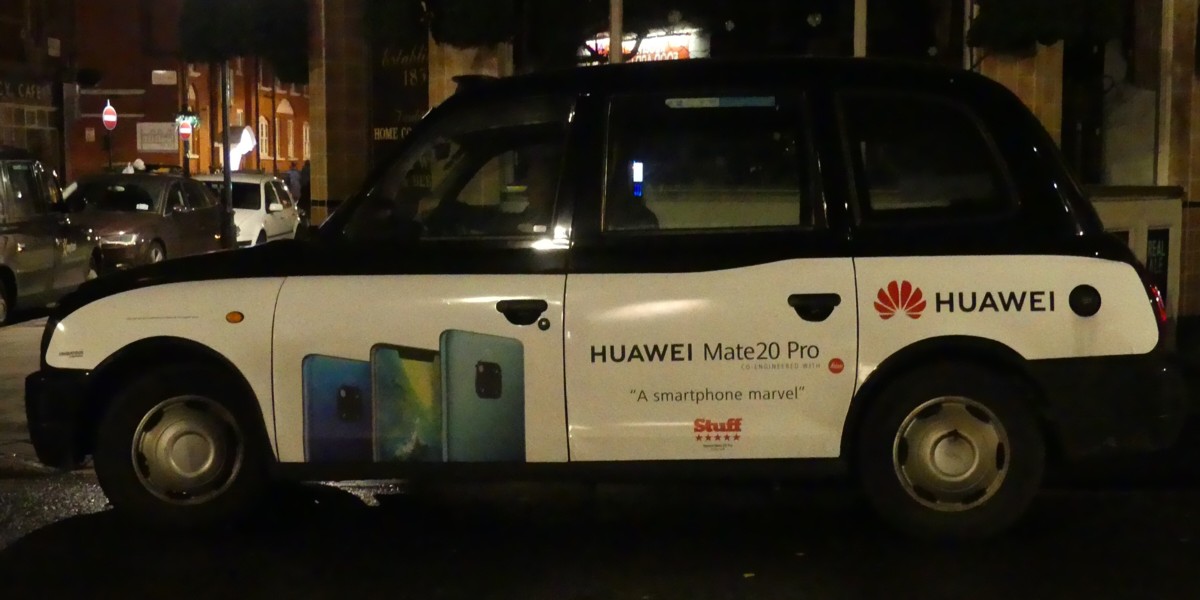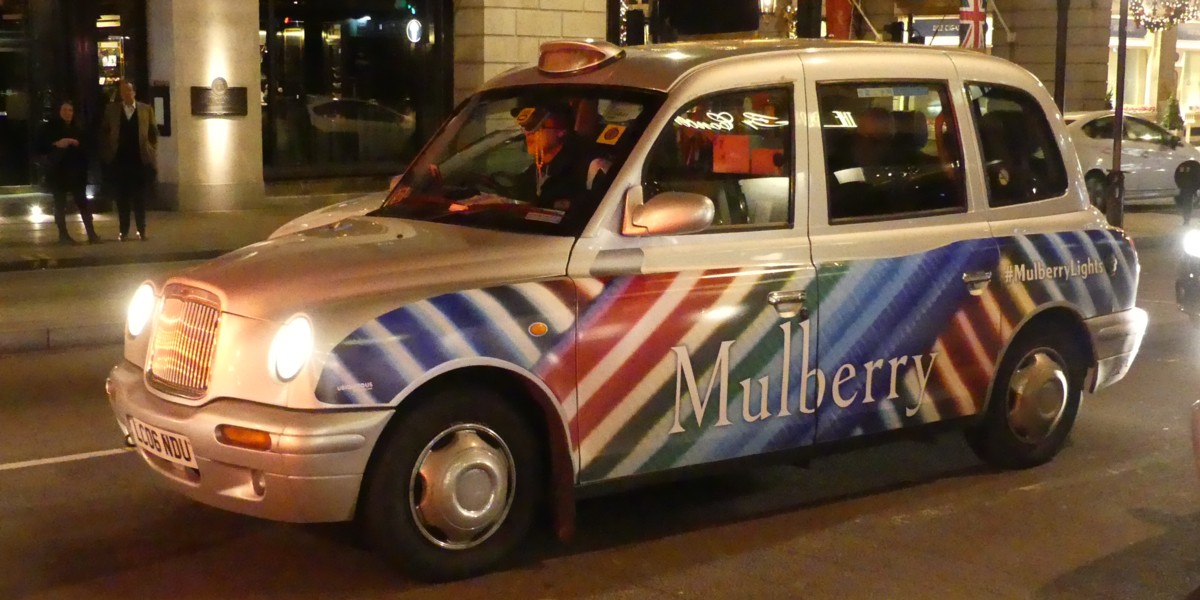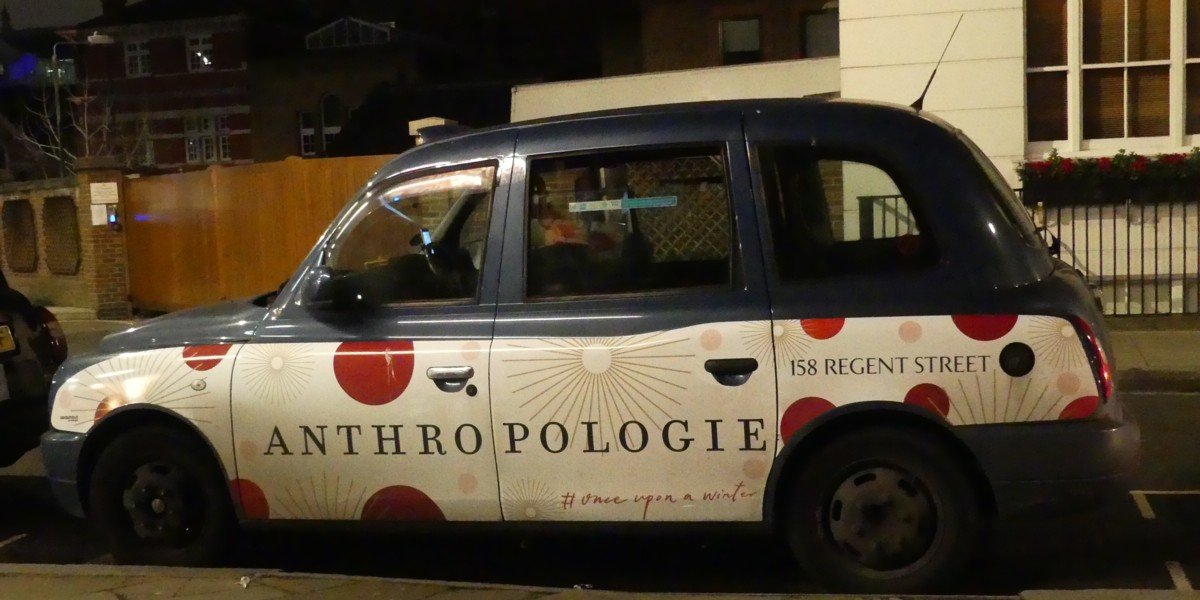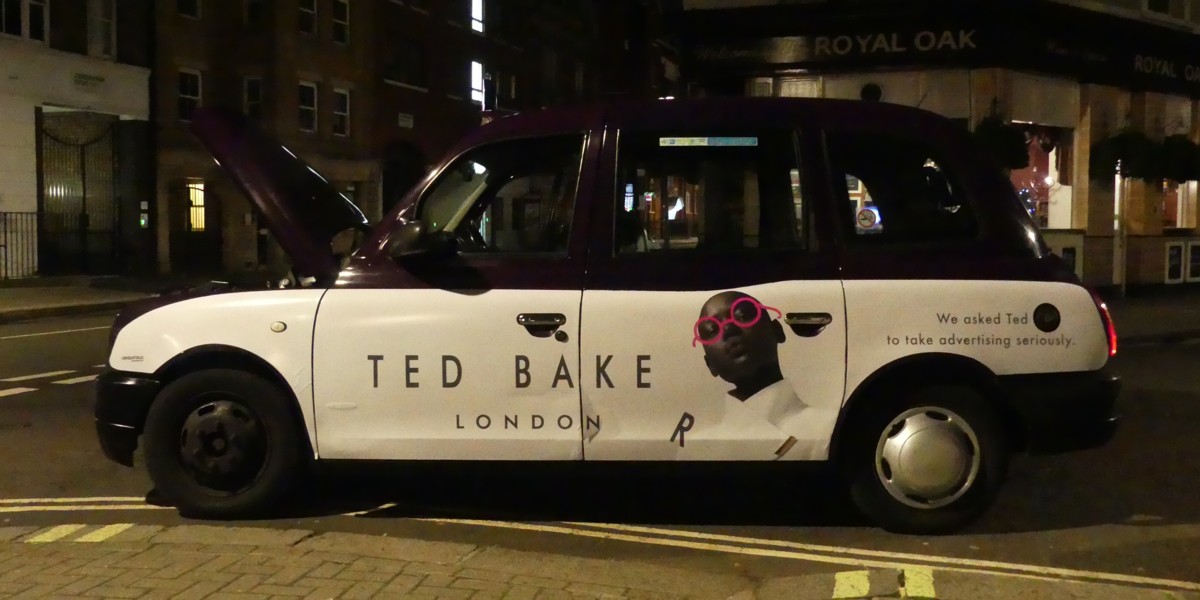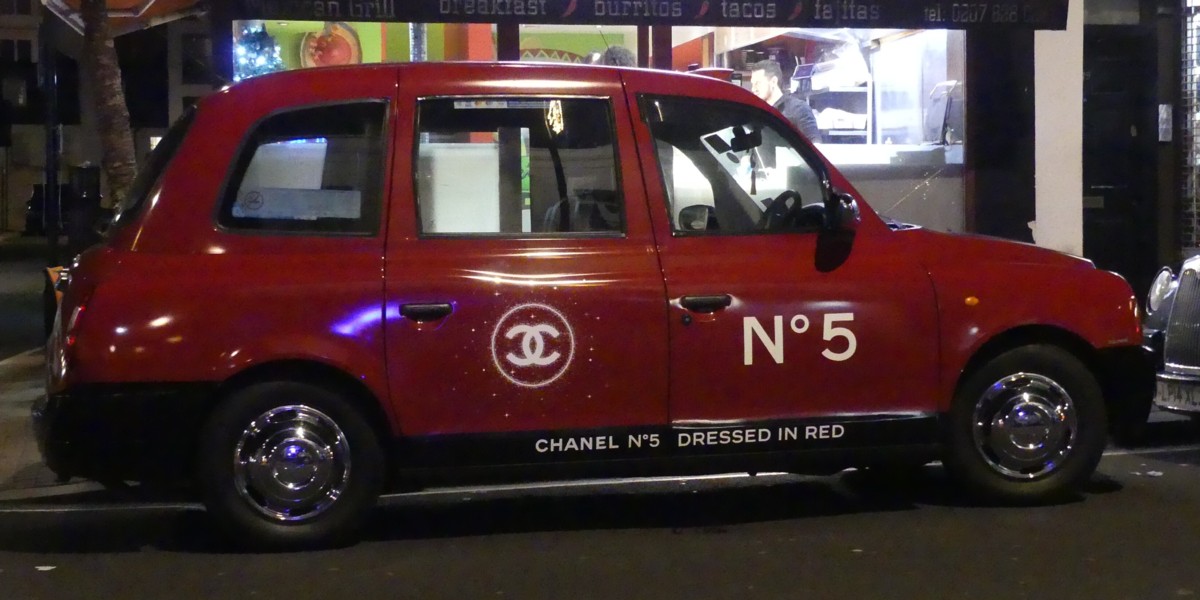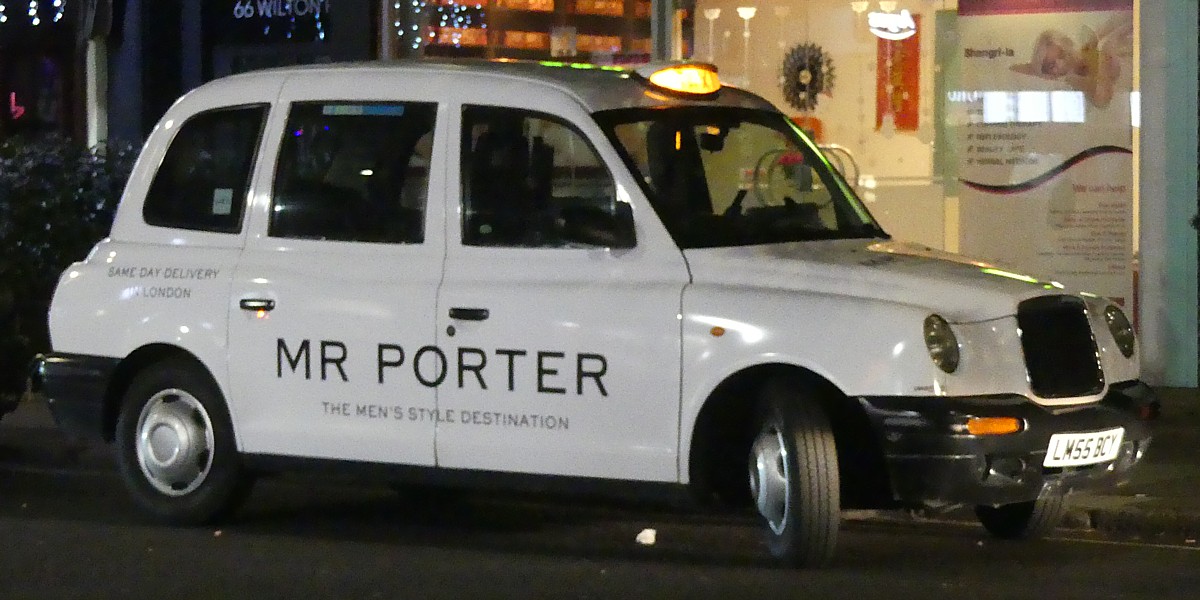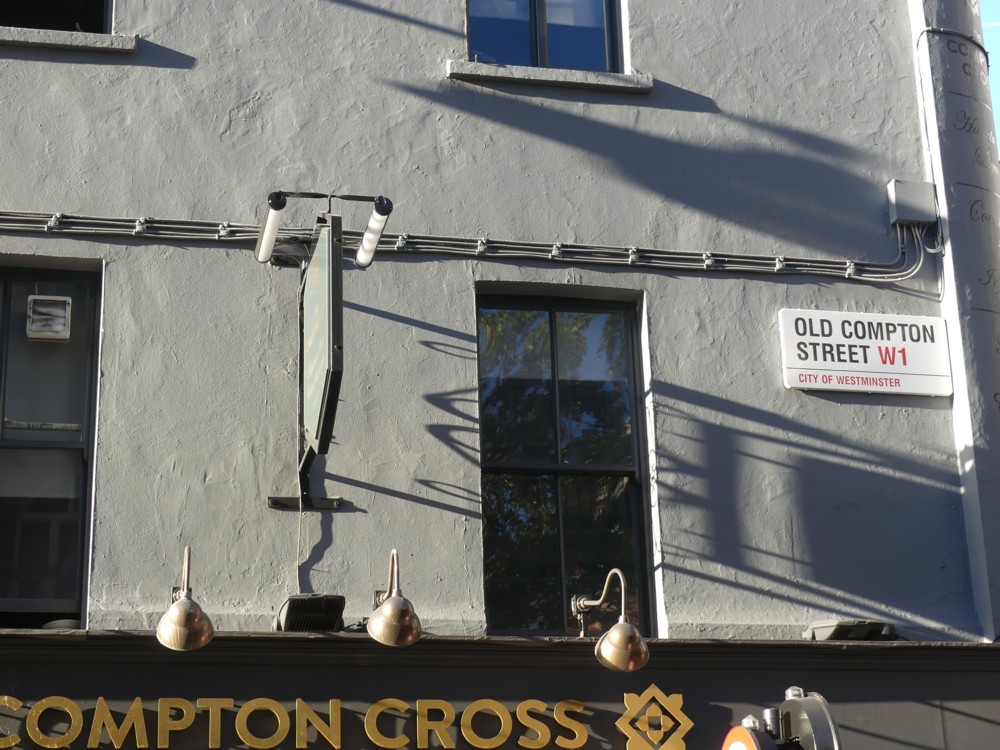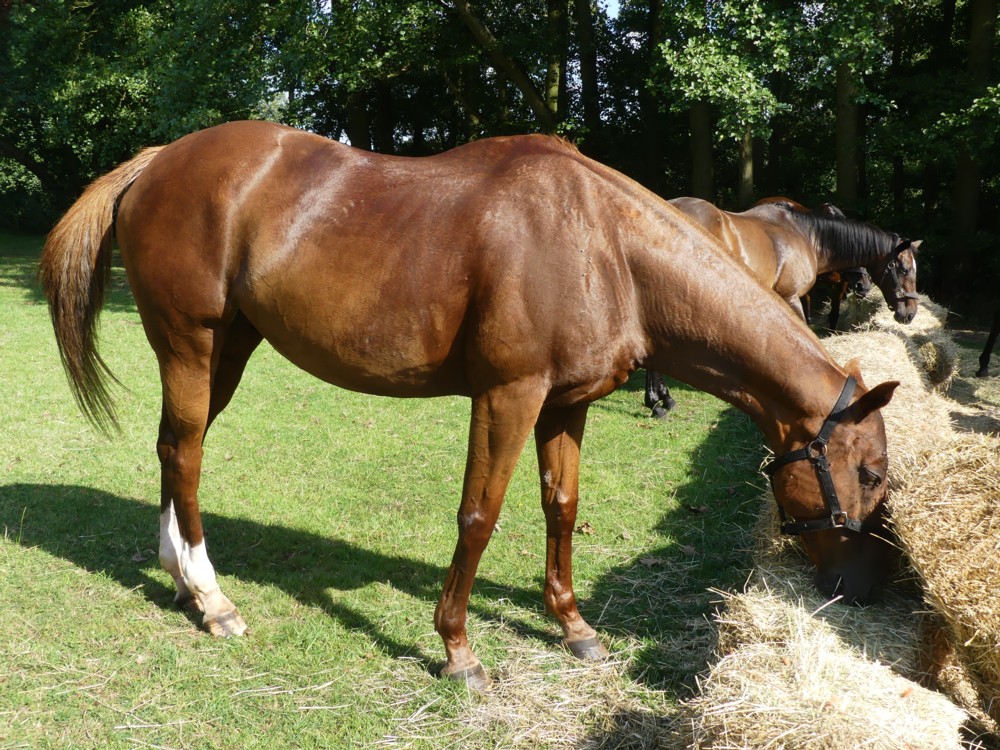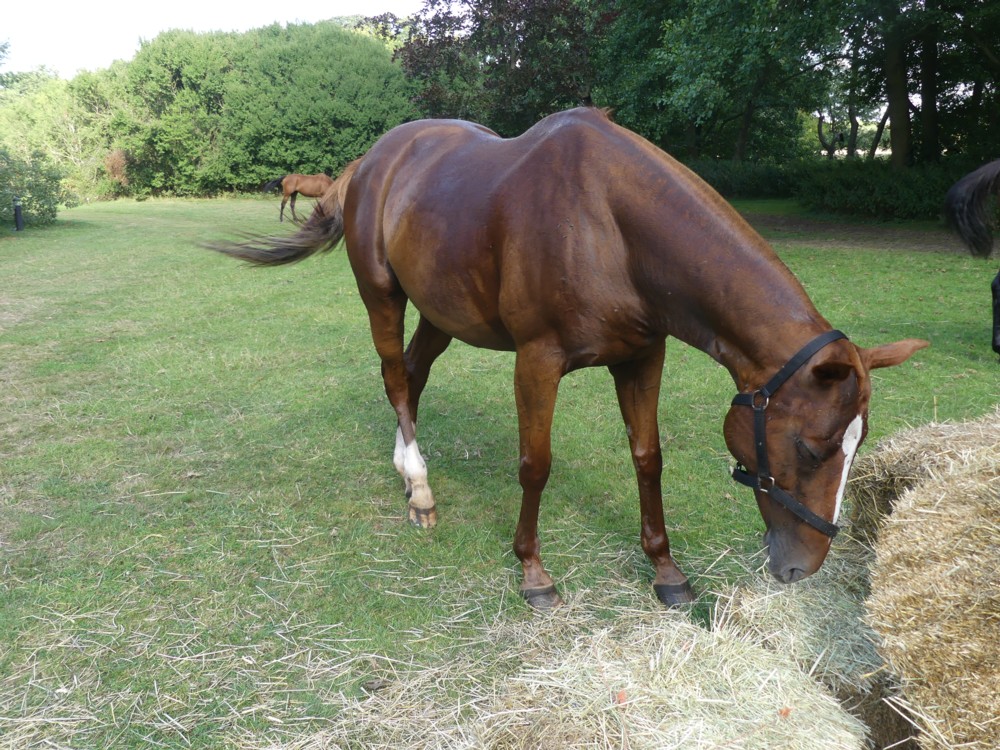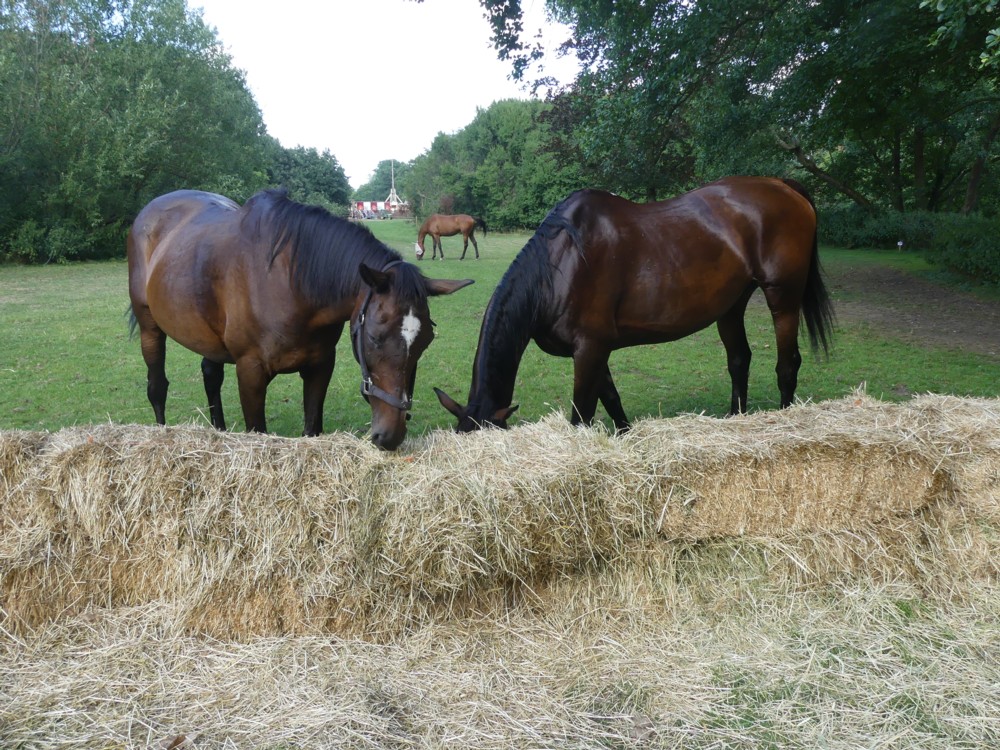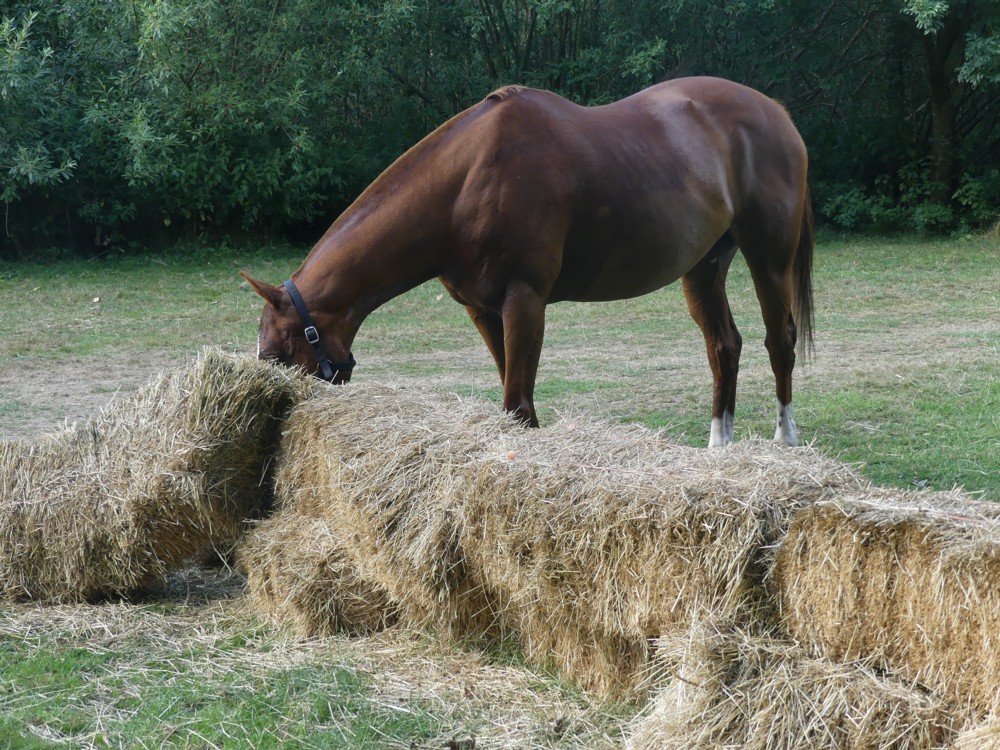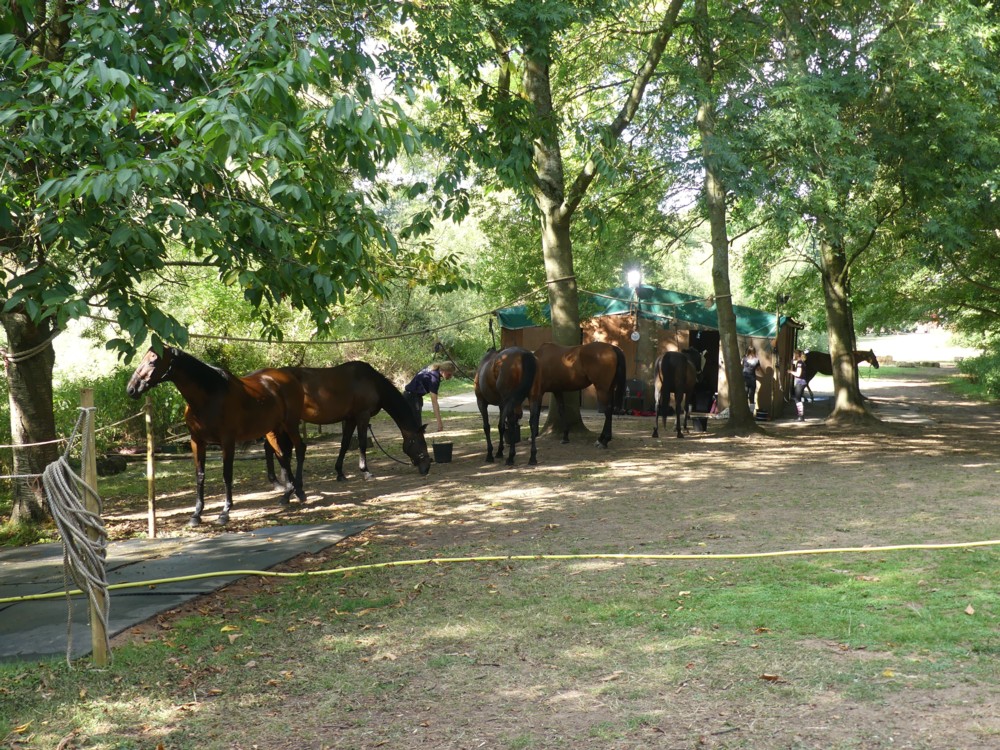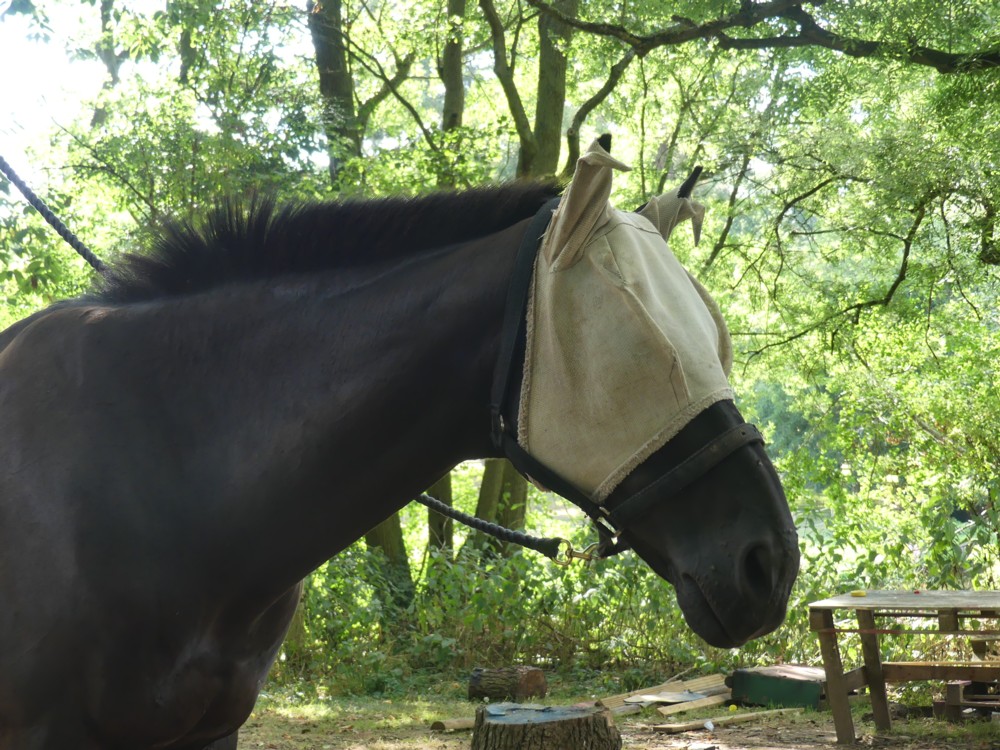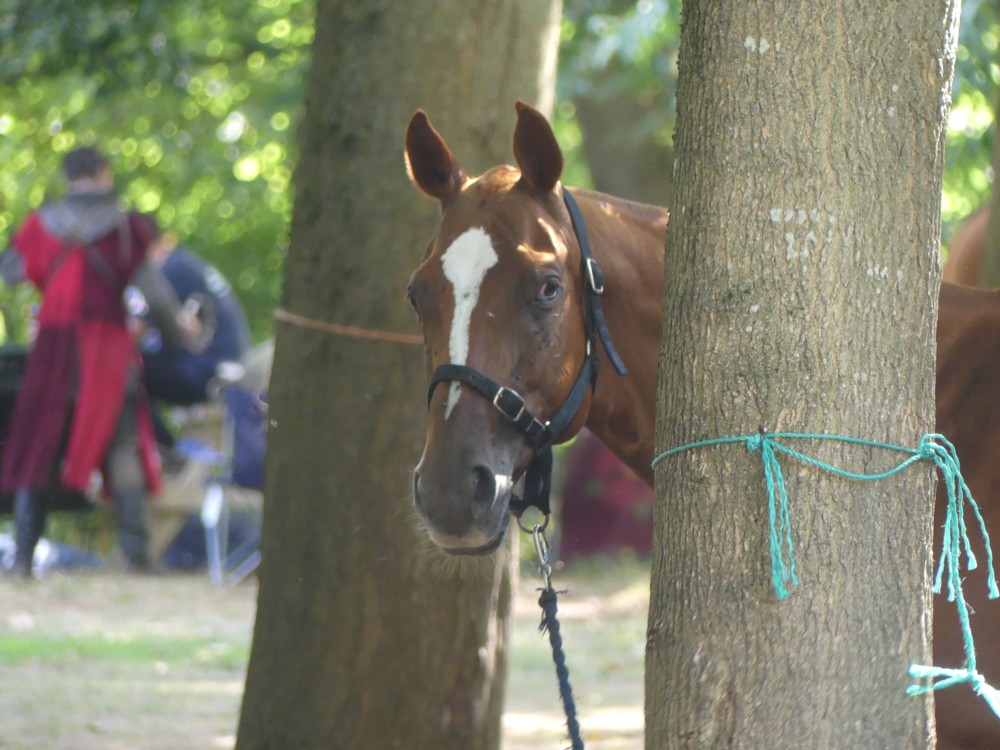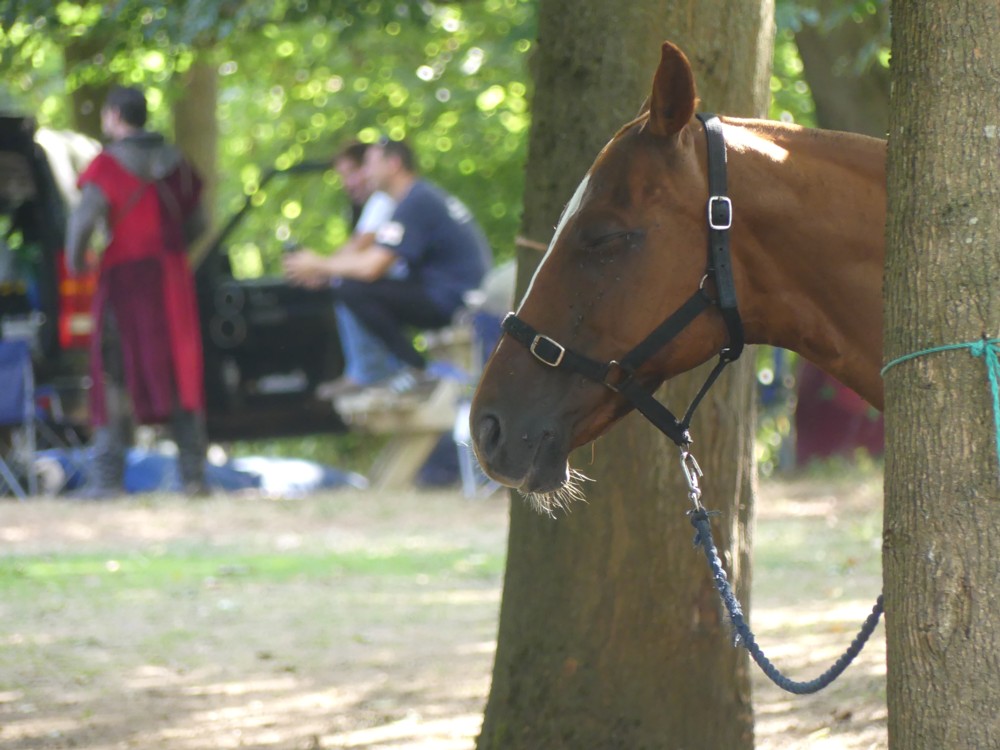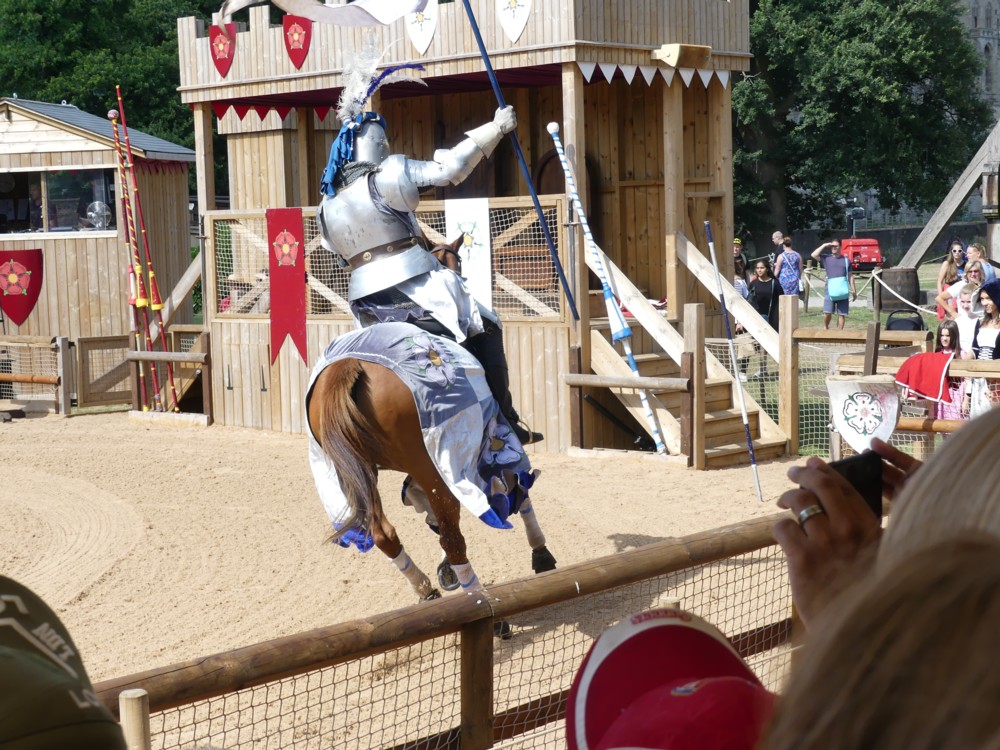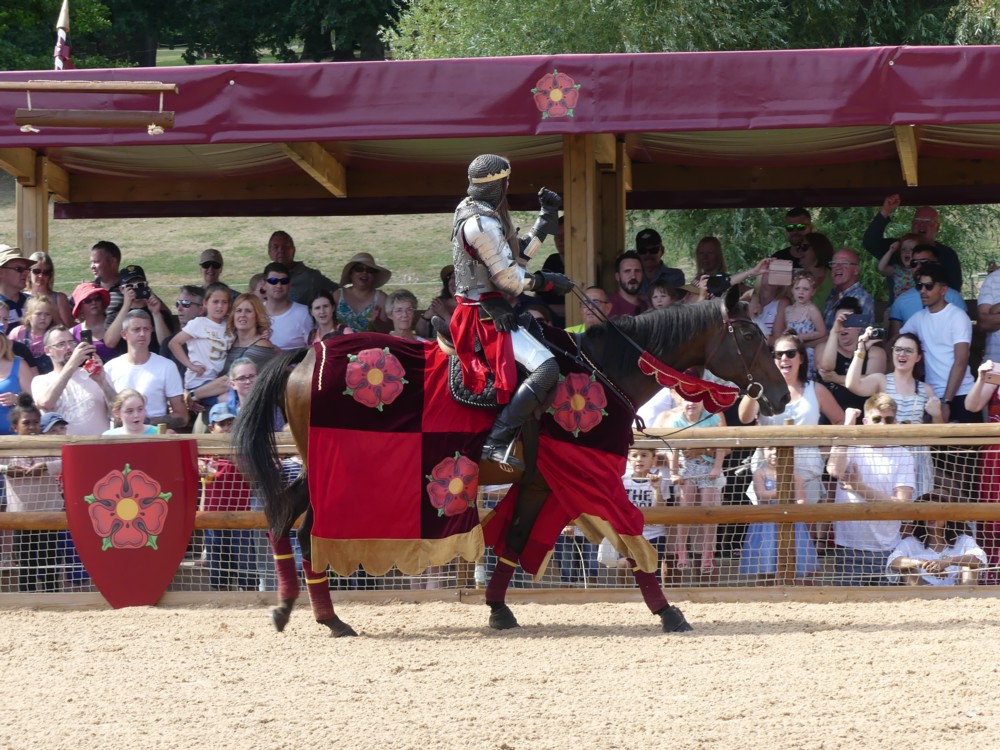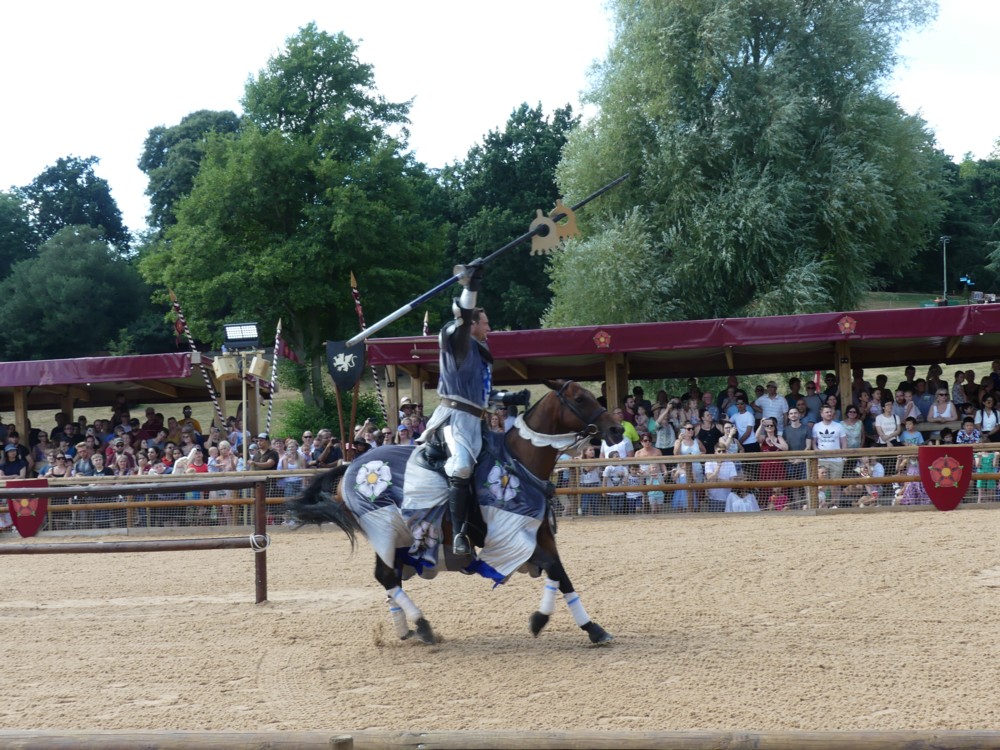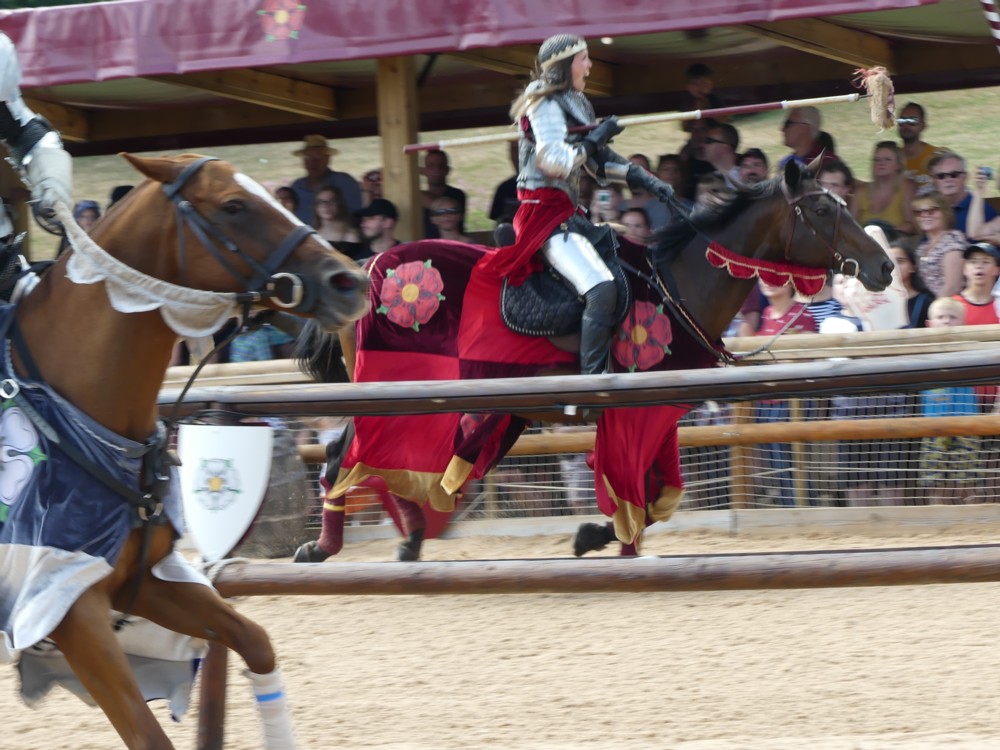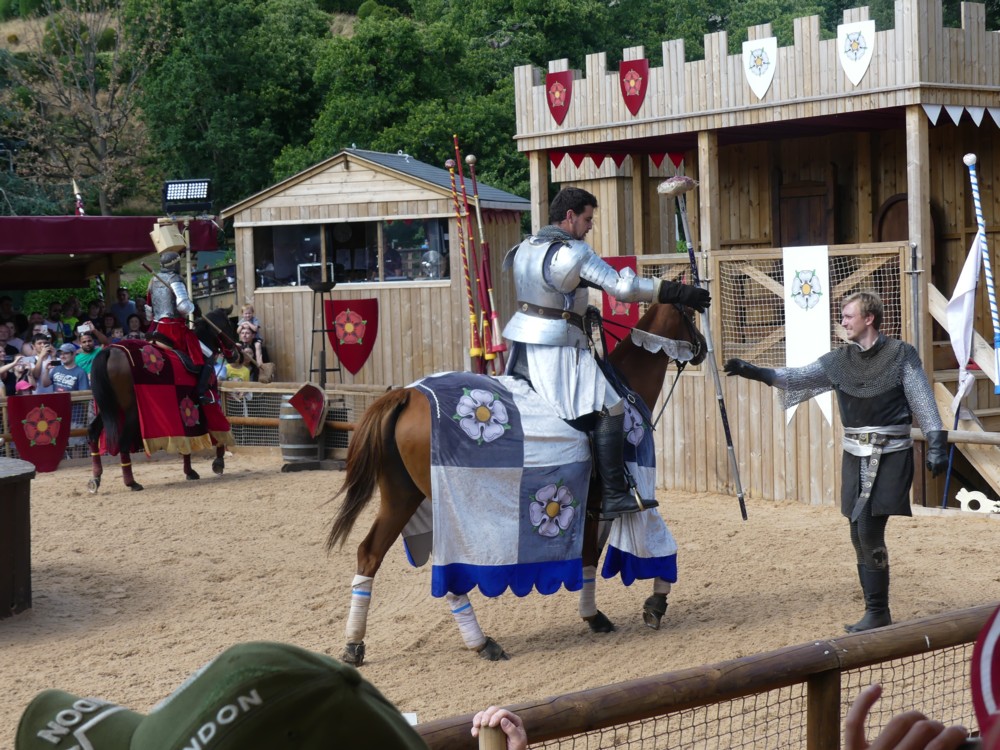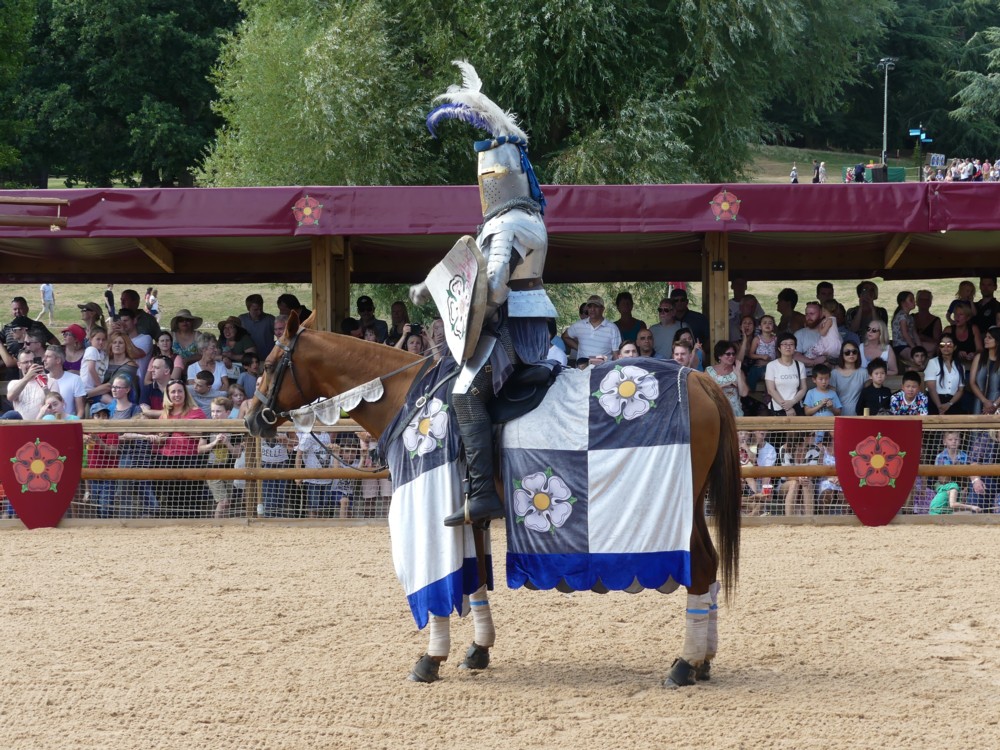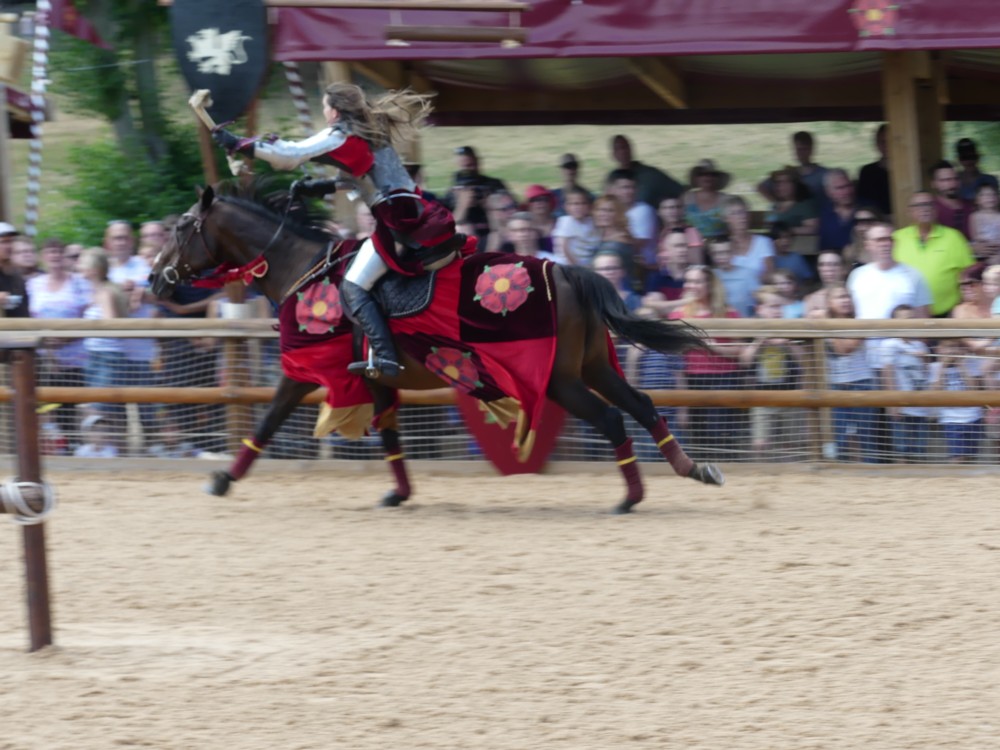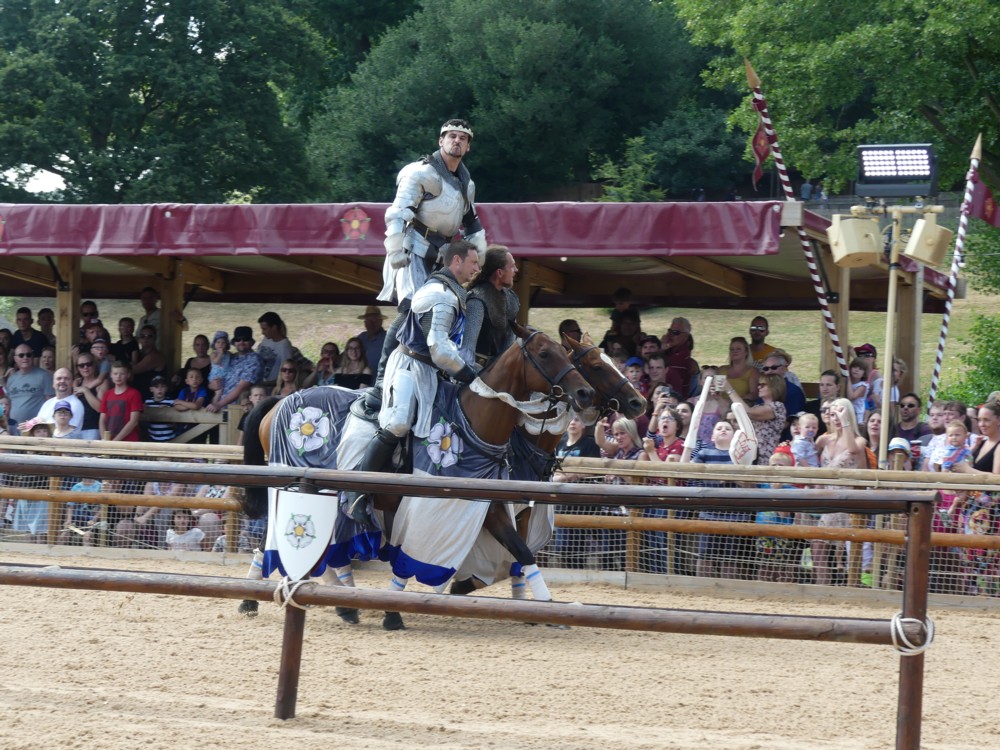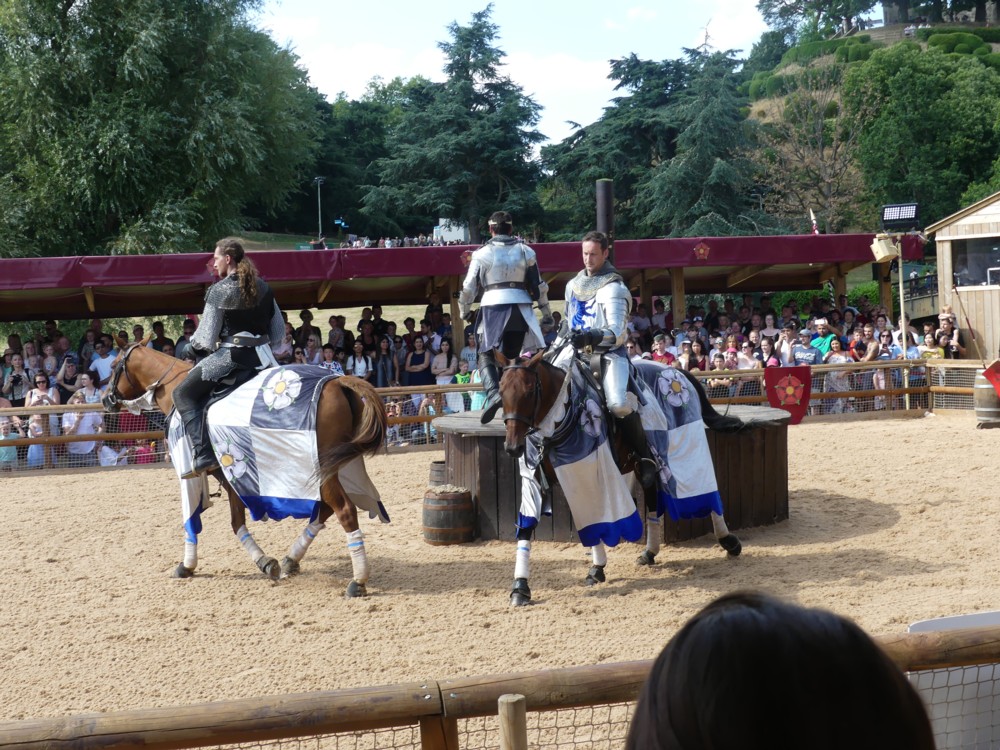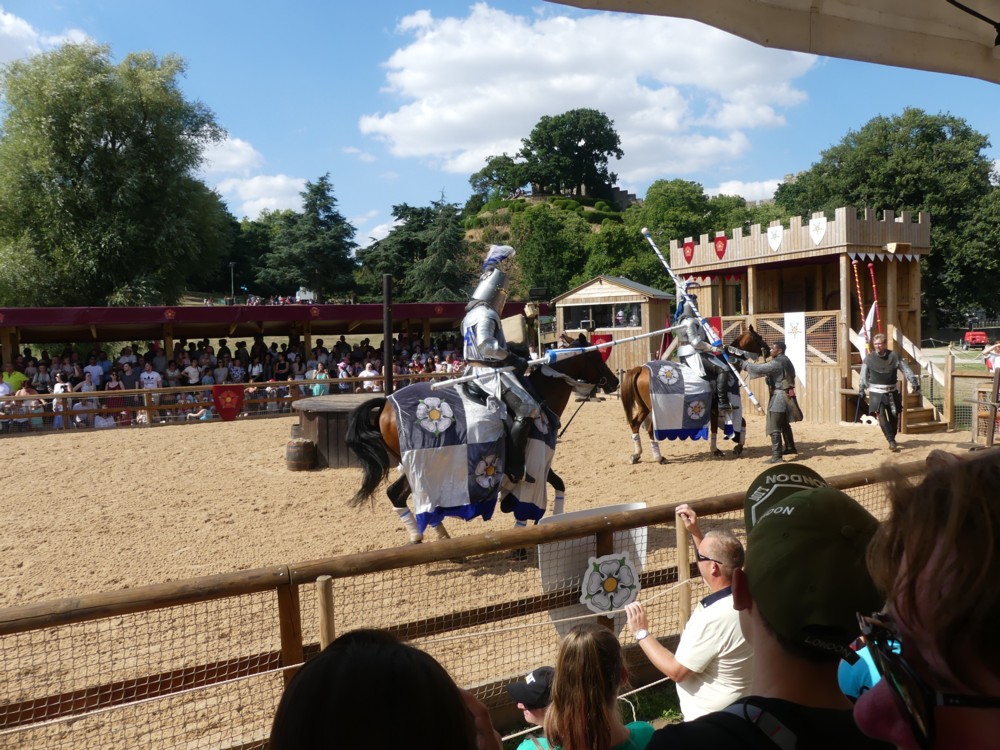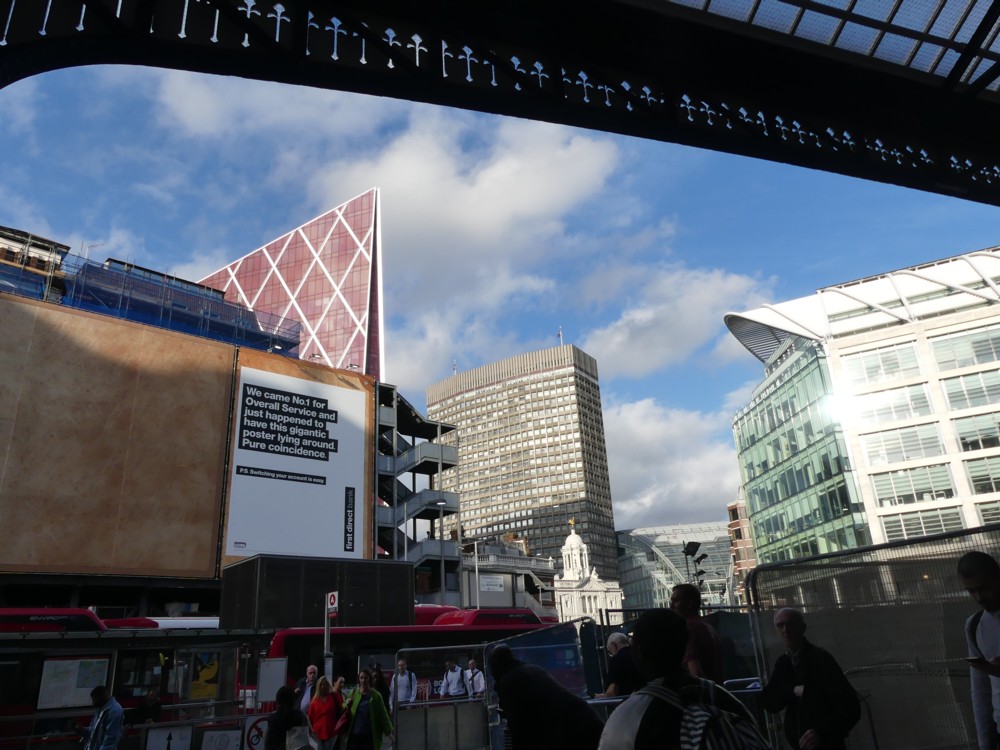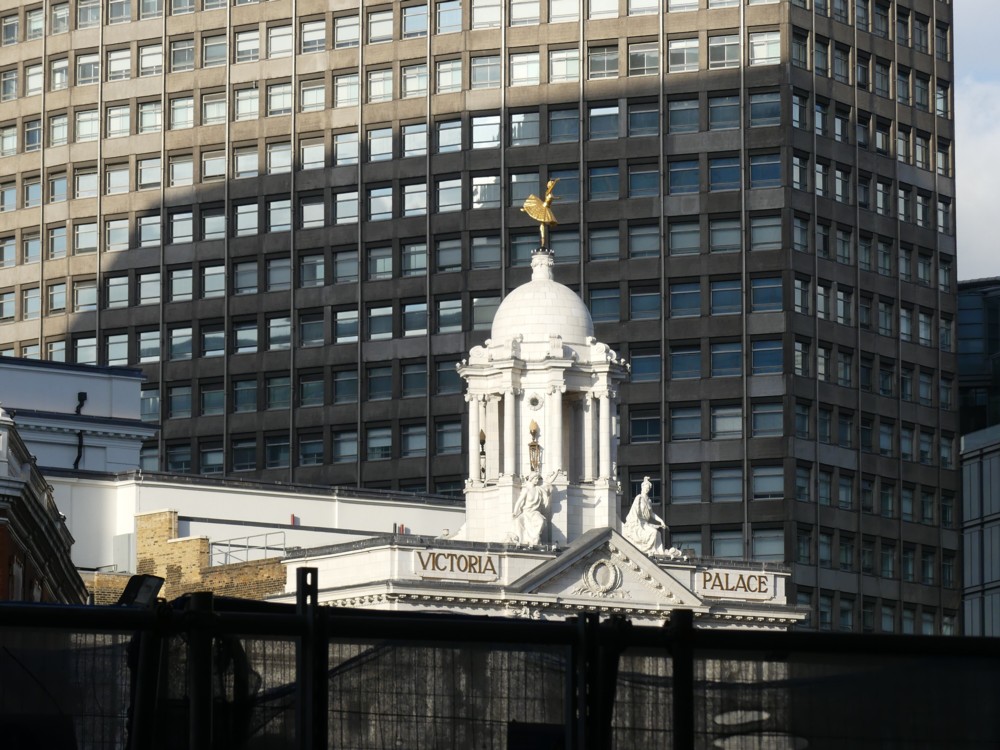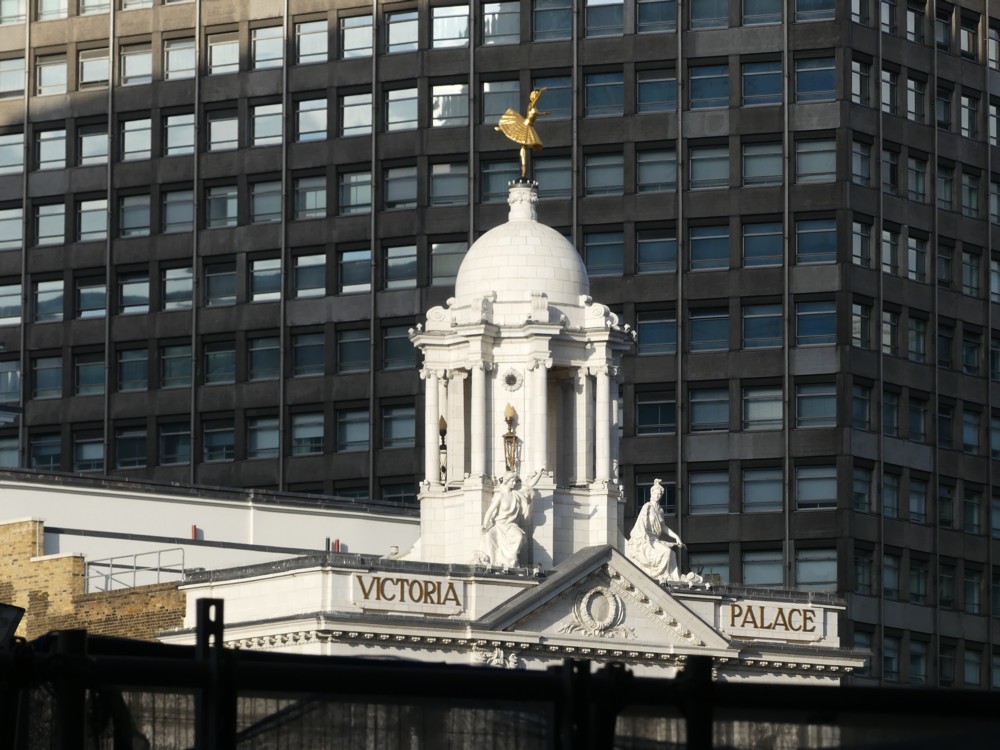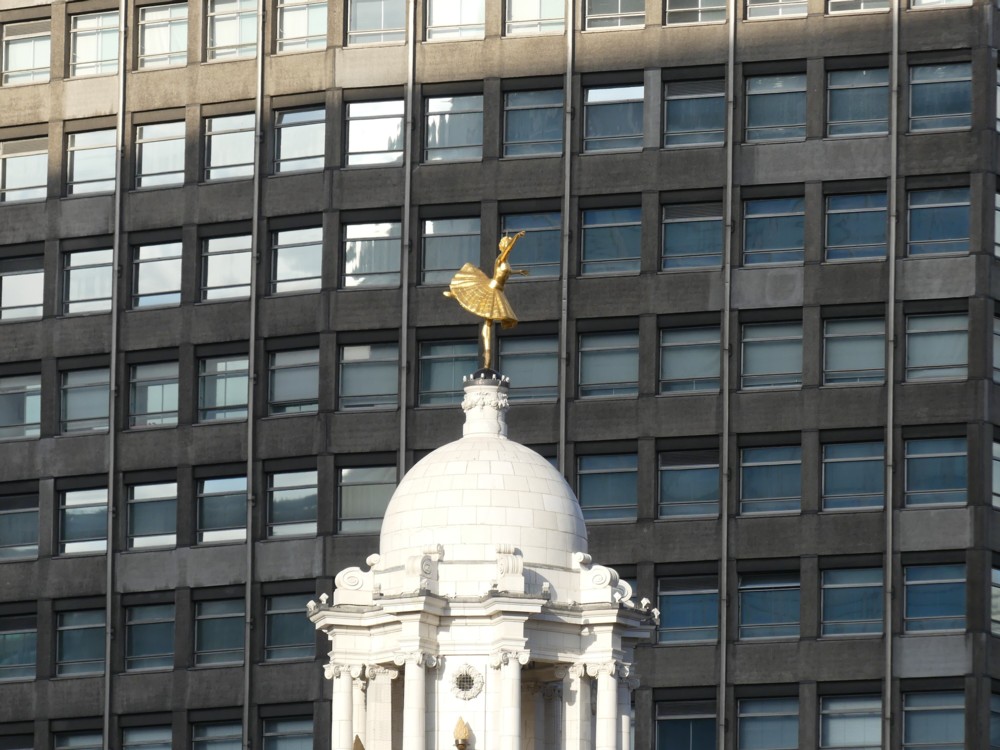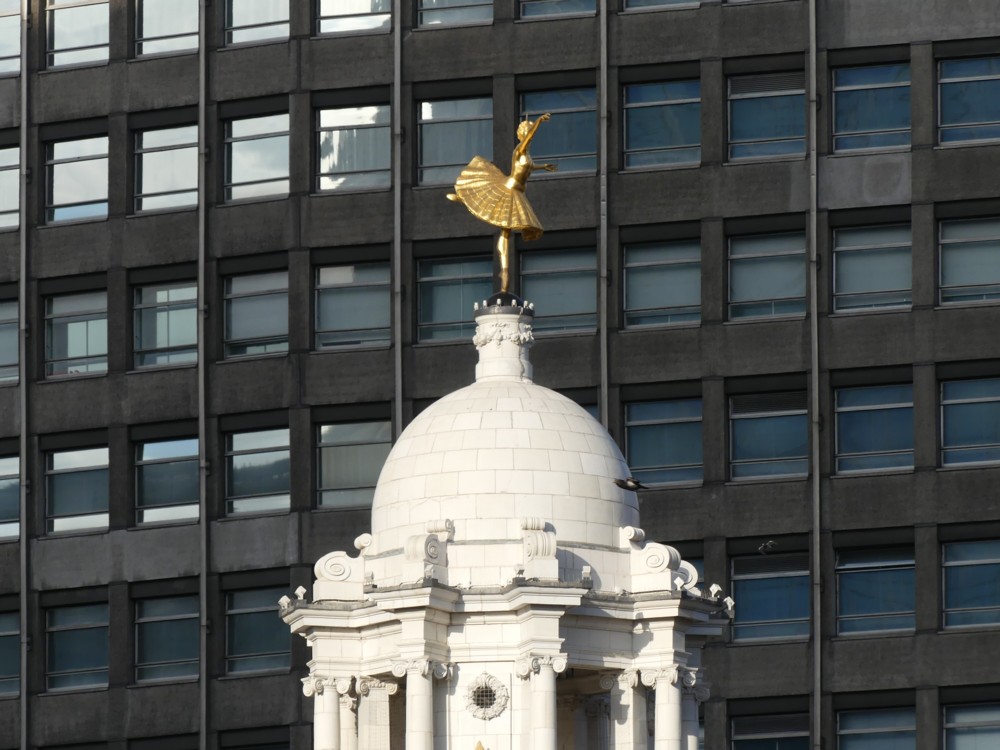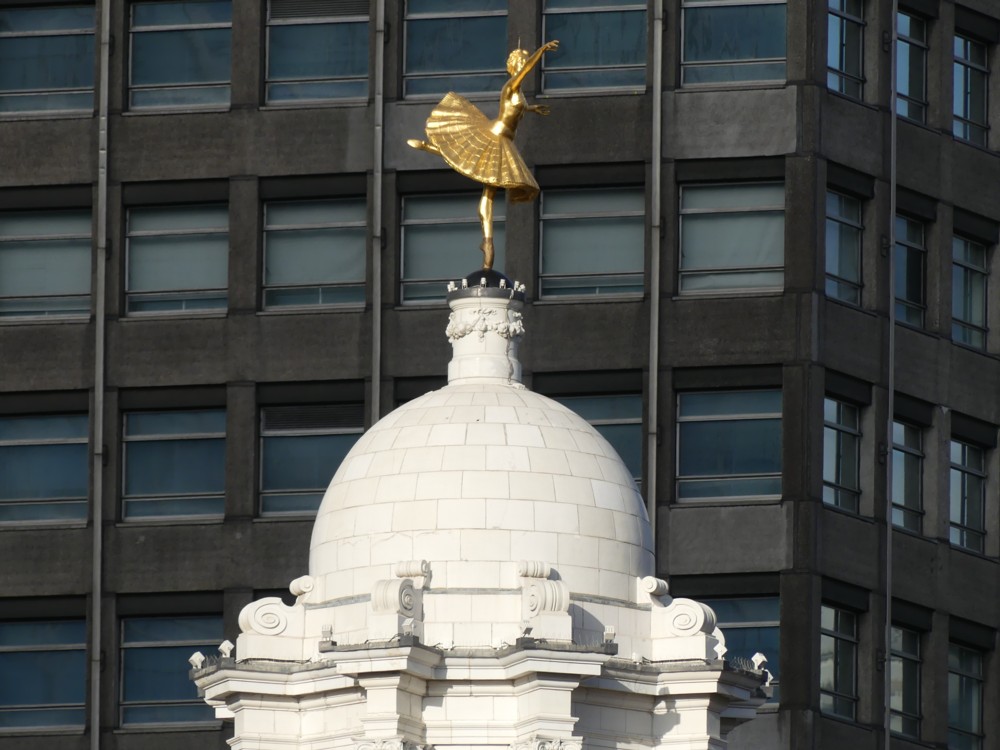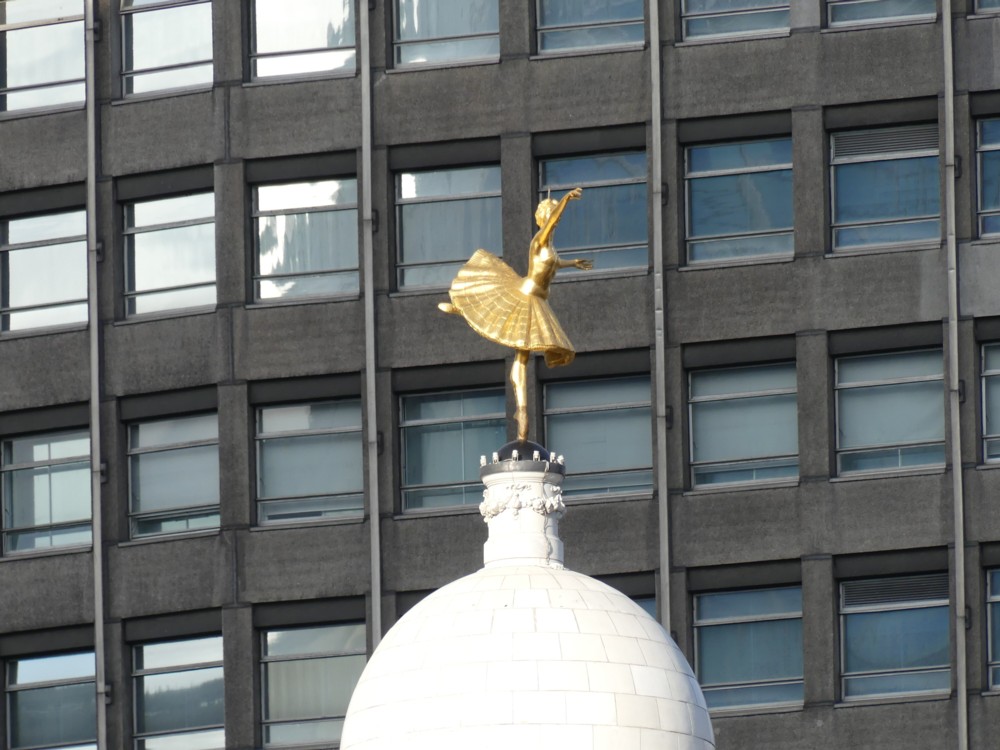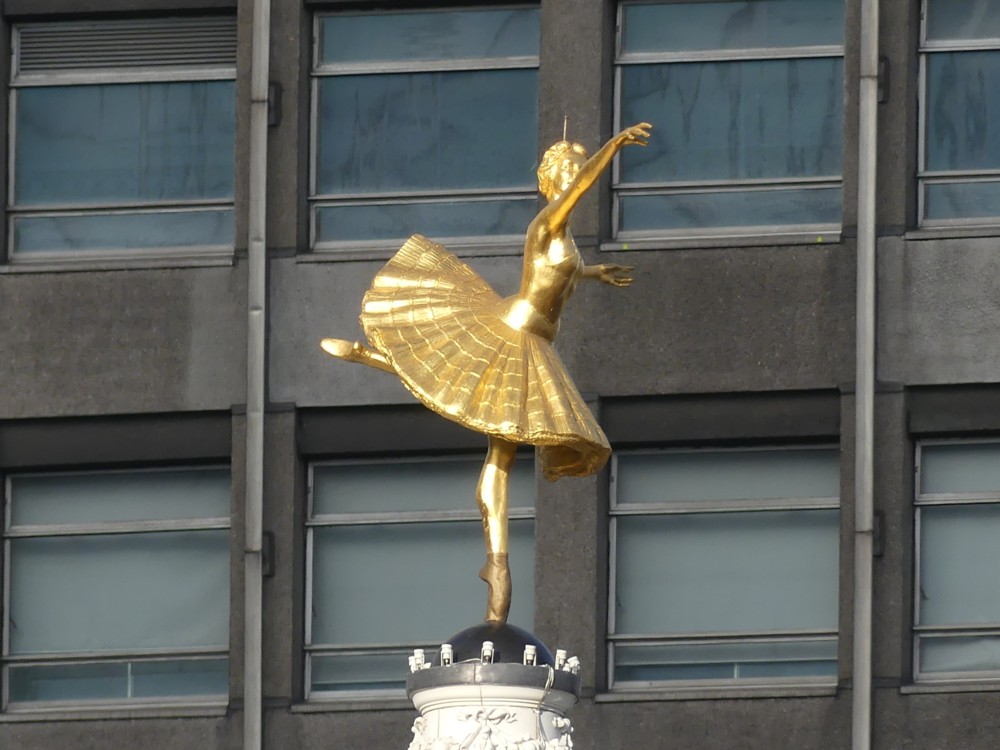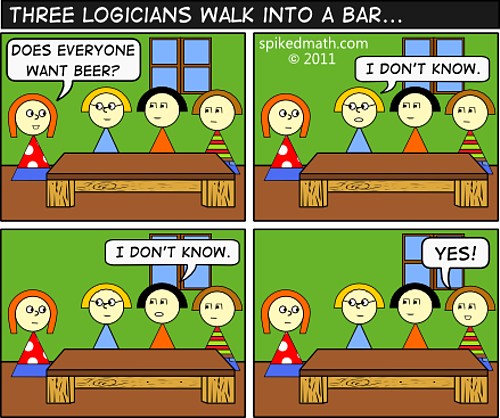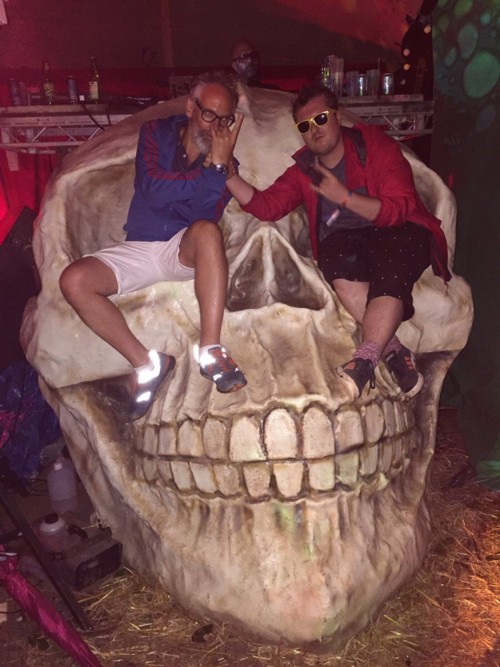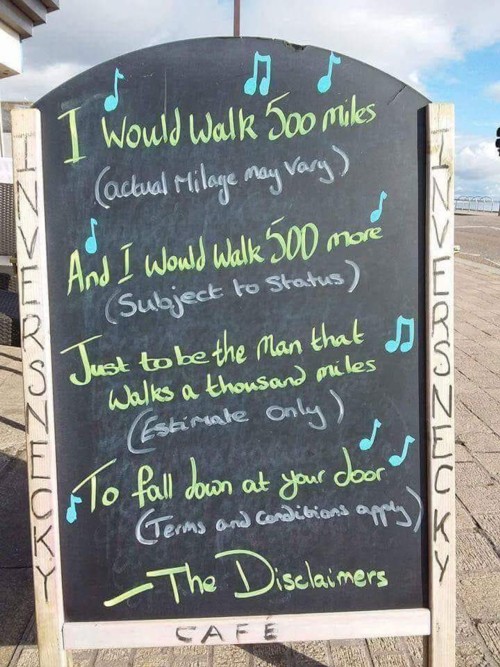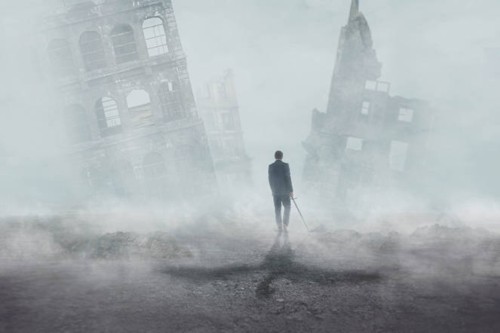It’s all very well to say, as I often do, that it makes more sense to photo temporary stuff than stuff that will be around for ever. Sometimes, you do know that something will be temporary, like scaffolding. But often, you don’t know that something will disappear until suddenly, poof, it disappears.
Take those yellow river buses, named after various Shakespearian ladies, that once upon a time used to go up and down the River, for instance. Here is one I found in my photo-archives, photoed on a dim and dreary afternoon in February 2003, arriving at its one-and-only London landing spot, just next to the MI6 Building:
Who knew beforehand that this would stop happening, on account of London’s new super-sewer demanding this landing spot for its own purposes?
Says a rather plaintive London Duck Tours:
Please note that we are no longer able to operate our usual range of tours due to Thames Water’s compulsory purchase of our slipway to build the next phase of the Thames Tunnel super sewer.
For the present time, we will offer a selection of entertaining and informative LAND-based (road-only) tours. Please note that these tours do not have a river splashdown and we do not offer individual tickets.
Happily, long before this particular Duck Tours disaster struck, I photoed the above photos, simply because I enjoyed what I was seeing. Fond thanks to my old Canon A70, despite it having had only x3 zoom.
Are these yellow Duck Tours river buses still operating? I don’t recall seeing any of them even on dry land recently. But, what I don’t recall is a very large category nowadays.


